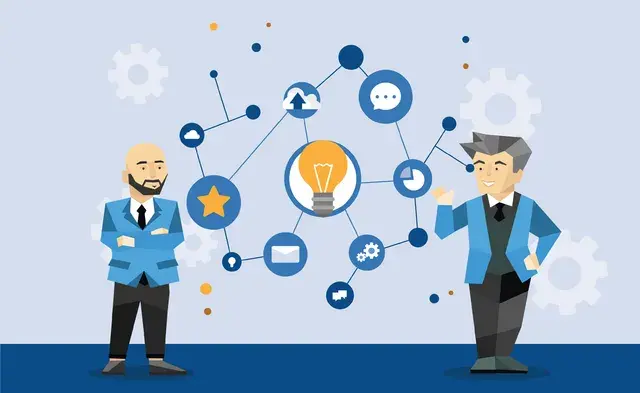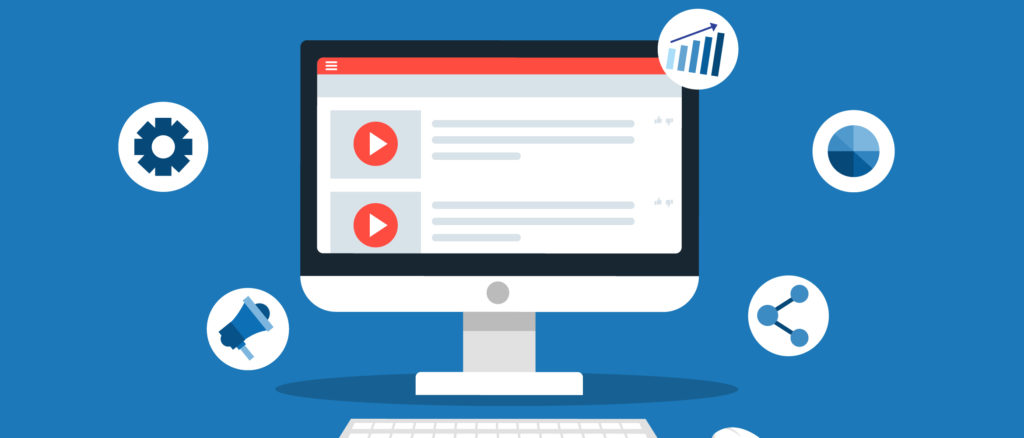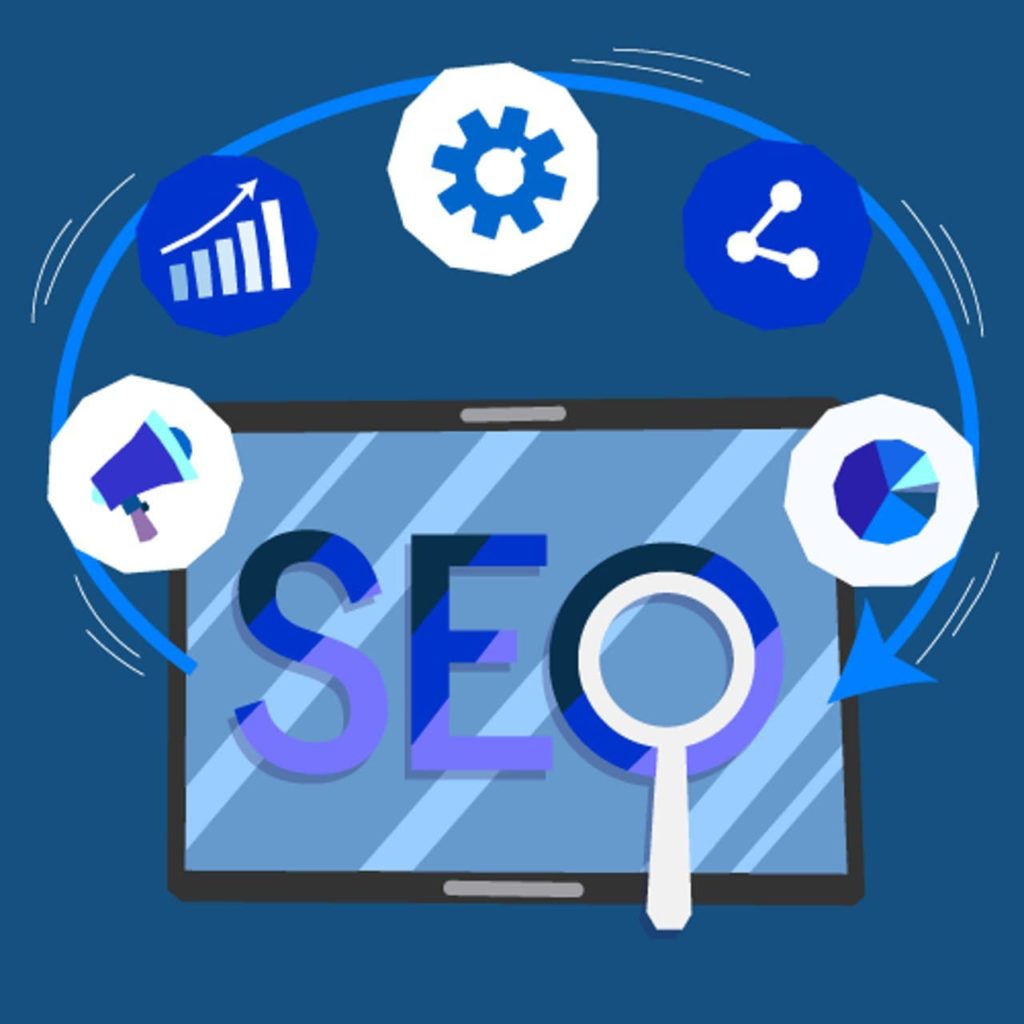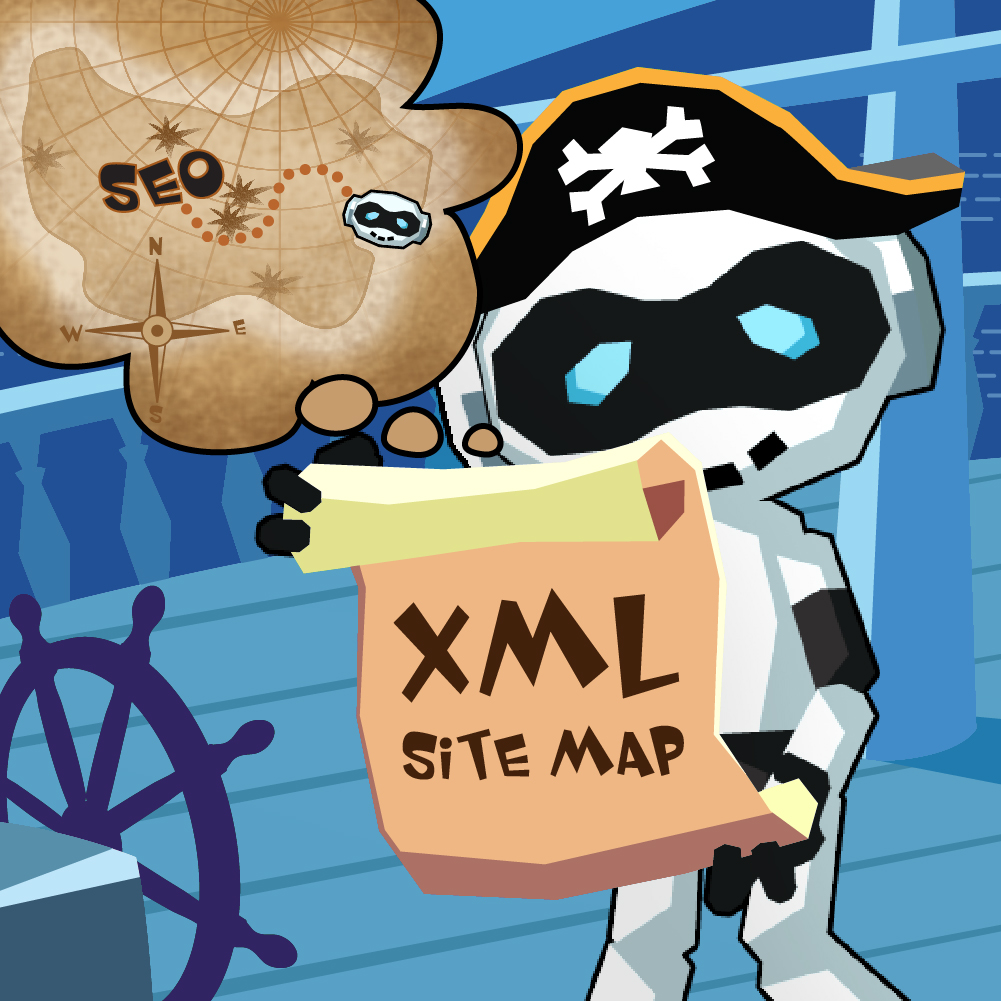A Website Resources Library Deliver High-Value Returns

You need to have content capable of addressing every stage of the buyer’s journey to successfully generate new prospects, convert leads, and close sales. While a blog page can go a long way towards achieving many of your content marketing goals, blog content isn’t the only type of content you should focus on.
There are other types of resources, such as case studies, eBooks, white papers, and videos, that can educate leads and aid your sales team in their efforts to close more customers.
Consider creating a resources section on your website where you can host and organize all of your resources in one location. Remember, it’s not just enough that you create a website resources section; you’ll need to fill that section with helpful resources.
What Is A Website Resources Library?
A website resources library is a single web page or section of the website designed to collect and organize the resources you want to showcase to website visitors. Continuous updates to the resources library should occur over time as old resources need to be updated or new resources need to be added.
The content that you publish in your resources section can be categorized as one of two types:
That said, the algorithm promotes video content in two ways:
Gated Content
Gated content refers to content offers that require a form submission to gain access. The form (gate) may require the user to enter information such as name, location, email, and information to help businesses determine lead quality and business fit.
The form to access the content should be located on a landing page that clearly states the resource’s value. Gated content can generate new leads and nurture those leads further down the sales funnel. Any type of content can be gated. However, most gated content tends to be more in-depth, such as eBooks or whitepapers.
If you’re going to gate a piece of content, make sure that it will offer value. Otherwise, your leads will be annoyed at having provided personal information in return for shallow or poor-quality content.
Ungated Content
Ungated content is available for free with no obligation, meaning website visitors can view the content without submitting any required information. Blog posts are generally ungated, as are many types of videos, such as product demonstration videos.
Ungated content is meant to help attract more visitors to your website and nurture prospects through the buyer’s journey’s early stages. Gating such content would only drive potential leads away. Make it a point to offer some of the content in your resources section as ungated.
Why Does Your Website Need A Resources Section?
You may be creating lots of different resources for your website’s various pages, including on your blog. However, you don’t want the only access to that content to be in a blog post that will get buried over time or on a landing page that can only be found via the CTAs.
A resources section on your website will help gather all of your valuable content and tools in one place and help you achieve the following:
Create A More User-Friendly Website Experience
A well-organized resources section makes your website much more user-friendly, and the more user-friendly your site is, the longer your visitors will stay on your site. Visitors who may not know what they’re looking for will have a much easier time exploring your website.
They will be able to go to your resource section and view what’s available. A helpful resources section will organize content by category. Then visitors can narrow down what they’re looking for to the most relevant resources available on your site.
Showcase Your Brand Authority
An extensive resources section that’s easy to navigate will help showcase your brand authority. Visitors will see that you have a wide selection of in-depth content that provides significant value. If your resources section is well organized, visitors will find the information they’re looking for effortlessly, further elevating your standing as an authority within your industry.
More brand authority will help generate more trust, which will help you convert more leads using gated content that lives in your resources section.
Improve SEO
A resources section will not only make your resources easier for prospects and leads to find, but it will also make it easier for other websites to find valuable content. They will link to your resources as a way to inform their readers. Websites that link to your resources are referred to as backlinks. Earning more backlinks will help to improve your SEO, bringing in more organic traffic as a result.
Increase Brand Awareness
Your resource section will draw more visitors in search of educational content and tools. These visitors will also be more likely to share your resources if you add social sharing buttons. You’ll generate more brand awareness via social media this way, which will boost your SEO since Google pays attention to social signals.
As a result, you will bring more traffic from social channels and more organic traffic from Google’s search engine.
Generate Leads
Making it easy for visitors to explore your most valuable resources will nurture them through their buyer’s journey more effectively, increasing their chances of converting as a lead. The gated content available in your resources section can help generate leads by requiring visitors to fill out forms or opt-in to your email list.
Even your ungated content can help generate leads by directing readers (or viewers) to a gated piece of content.
Improve Sales Enablement
Your sales team will have easier access to all of your website’s resources, which means that they can direct sales leads to the most relevant and helpful content you have to help them close deals. Without a resources section, your sales personnel may not find the appropriate resources to provide to their leads, making it much more challenging to convert them into customers.
How To Build An Effective Website Resources Page
The benefits of a useful resources page can be endless. However, a poorly built resources page can have the opposite effect. Visitors will only be frustrated if the resources section is poorly organized and can’t find what they’re looking for.
To make sure that your resources page has the impact you’re looking for, use the following recommendations for building a resources page that works well for your website visitors and your business:
Make The Resources Page Easy To Navigate
The biggest mistake you can make is just listing all of your resources on a single page. Make the resources section as easy to navigate as possible to impact your ability to convert website visitors into leads and leads into customers.
For example, don’t just use a text link to the resource. Have an accompanying image and a brief description of the resource so that visitors know what each resource is about. Then organize all of your resources into categories. Build separate pages for each category that visitors can then explore.
Allow visitors to sort your resources by content types, such as eBooks, videos, tools, and more.
Make Resources Section Visually Appealing
If you were to meet with a potential client for the first time, you probably wouldn’t show up in shorts and flip-flops. You would dress appropriately to leave a good impression. The same applies to your website’s resources section. It should be visually appealing.
If your resources section is bland or an eyesore, it will leave a wrong impression and reflect poorly on your brand’s overall quality. Ensure that your resources section is visually appealing, easy to scan, and visually consistent with your branding throughout your site.
Create Individual Landing Pages For Each Resource
Every resource should have a unique landing page that explains what the resource is about and why it’s beneficial. Create a landing page for any gated content that you offer that includes a form to fill out. Ungated content should, at the very least, have a landing page that contains an optional contact form.
Add Social Sharing Buttons To Every Resource
Add social sharing buttons to all of your resources. If your prospects and leads find the content incredibly valuable, they will be more likely to share that content with their social networks. This generates more awareness for your business and potentially generates more new leads.
Add Calls-to-Action For Funnel Advancement
When someone has finished reading or viewing a resource, they may leave your website even if they’re satisfied with your content. To avoid losing potential leads and take advantage of the chance to move the lead to the funnel’s next stage, use calls-to-action. For example, you can use a CTA to encourage leads to contact you or schedule a consultation.
Implement Automated Follow-Up Emails
For all of your gated resources, set up an automated post-conversion follow-up email. These enable you to send new leads a thank you email that’s non-promotional and that will keep your business at the top of their minds.
Types Of Content To Publish In Your Resources Section
A user-friendly resources section is essential if you want your leads to find what they’re looking for and explore your resources successfully. Its organization is also critical to your sales personnel since they will need to find the resources they need to nurture their sales leads. However, the best resources section in the world isn’t going to have the impact you want unless it houses high-quality resources. Ensure that you have resources available to address your different buyer personas at various buyer’s journey stages.
Here are some of the different content types that you should publish in your website’s resources section:
eBooks
Ebooks are about as long-form as digital content can get, so they’re known as “electronic books.” They are meant to be incredibly in-depth and can be anywhere from a dozen pages to a hundred or more pages.
Ebooks are typically made available as PDFs to be easily downloaded and viewed on any device. Because of their detail level, they are an excellent way to generate leads and are often used as gated content.
Case Study
Case studies showcase the real-life success stories associated with a business’s services or products. They focus on a real customer’s specific need or challenge and explore how a product or service worked as a solution. In a way, case studies are one part product demonstration and one part customer testimonial. They are excellent resources for prospects in the consideration stage.
Quizzes
Quizzes are an underrated form of content that can be used to educate prospects. By asking prospects specific questions, you can help them pinpoint their challenges or needs. A good quiz can help guide leads through the initial stages of the buyer’s journey.
They also provide you with valuable information about your leads that you can then leverage. Quizzes are interactive and more engaging than many other content types. Quizzes should not be gated.
Guides And Tutorials
Guides and tutorials can be presented in various forms, including eBooks, infographics, slide shows, and videos, to name a few. They can also address different stages of the buyer’s journey. For example, they can show how prospects can solve a need or problem and show customers how to use a product or service for a specific purpose.
Videos
Making all of your video content available in one place will make it much easier for prospects, leads, and customers to watch your video content without searching for it. Many people prefer watching videos over reading content, making your videos incredibly valuable.
This preference is especially true when it comes to mobile users. Provide both gated and ungated videos. For example, simple five-minute how-to videos and product demonstrations are effective lead nurturing videos that should be ungated.
Longer videos that are more in-depth, such as Q&A videos with professionals within your industry, could also work well.
Webinar Recordings
Webinars are a fantastic way to generate leads. However, once you’ve completed a webinar, the recording can still be quite valuable. You should post all of your webinar recordings in your resources section. Webinar recordings tend to be long, in-depth discussions or presentations, which means that they can function effectively as gated content.
FAQs
FAQs (frequently asked questions) should be ungated. Their purpose is to help inform your audience about frequently asked questions. FAQs are very beneficial to visitors who are still educating themselves but don’t want to reach out to you yet about any questions that they might have.
They can also help you save your team time having to answer the same questions repeatedly.
Helpful Industry Resources
Industry resources help build brand authority and trust. They are especially useful for B2B businesses to have on their website. For example, many B2B companies have added COVID-19 resources to their site to help provide information about obtaining government loans and relief to businesses within their industry.
Such content should not be gated. Gating content like this can cause feelings of resentment, which is the last thing you want.
Templates & Tools
Specific resources, such as templates and tools, are meant to help users and not necessarily educate or nurture them. These are resources that users can use time and time again to help with their specific needs.
For example, a financial website might have a mortgage calculator as a tool. Tools such as these are an excellent way to build trust and loyalty, so they are often ungated. Resources such as templates, however, are often gated due to their value.
Pricing
Your products or services’ pricing is a highly sought-after resource, especially for leads comparing different solutions. There’s a lot of mixed feelings on posting pricing for B2B companies.
There’s usually a happy medium to be reached where readers can get an idea of how you price or what range of pricing clients typically spend without backing your business into a corner and losing the ability to quote on the merits of every engagement individually.
Popular How-To Or Comparative Blog Articles
Although most blog posts belong in your blog section, there are some types of content that you may have published on your blog that provide exceptional value as a resource. These types of content (such as comparative articles and how-to articles) should be collected in your resources section.
Such content is considered evergreen and will provide value to prospects in the buyer’s journey’s awareness stage.
Product Or Service Descriptions
Detailed descriptions of products and services, including how they can be used, can live in your resources section. This type of content should not be gated. Leads will not be amused if they have to provide you with personal information to get information about your products or services.
Learning more about your products and services can help guide leads towards the decision stage of their journey.
Sample Proposal Or Statement Of Work
Putting up a sample proposal or a sample statement of work in your resources section will give your leads an idea of what they’ll be getting into if they decide to invest in your service. The sample should show what an agreement between your business and a client looks like.
It should include the scope of work, the objectives, the schedule, the tasks, the deliverables, the payment options, the expected outcome, and specific terms and conditions.
Add A Resources Section To Your Website
A website resources section will make it much easier for visitors to find what they’re looking for and explore the various resources you’ve created. Not to mention that it will also help to improve sales enablement significantly.
Engage with us to start building a resources page and bring more customers to your business.









